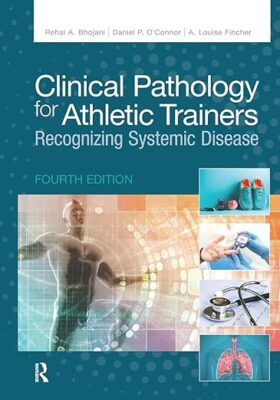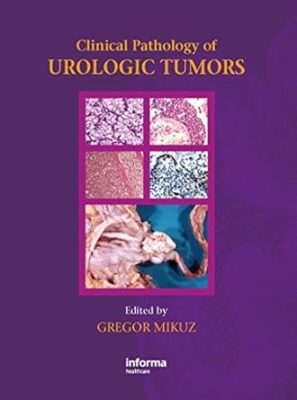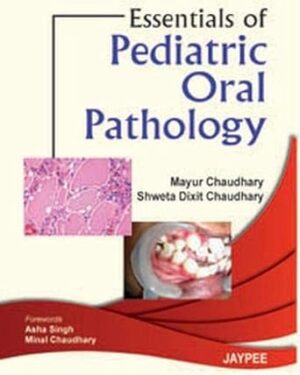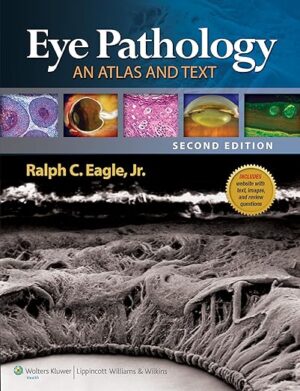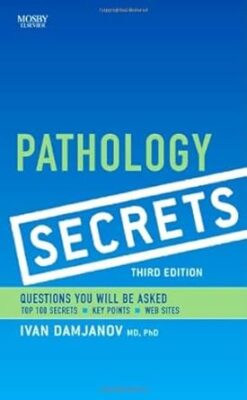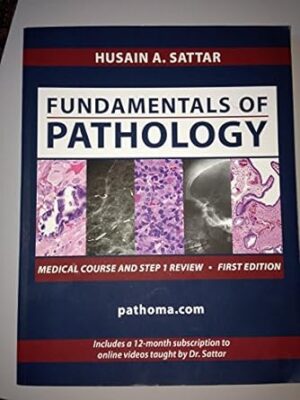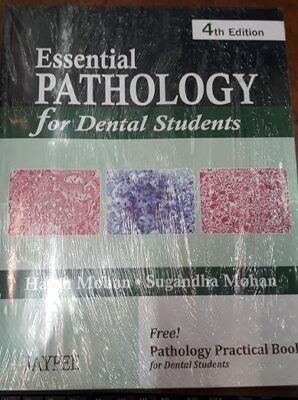Clinical Pathology for Athletic Trainers: Recognizing Systemic Disease 4th Edition
Newly updated with the latest professional content standards, Clinical Pathology for Athletic Trainers: Recognizing Systemic Disease, Fourth Edition provides insight on medical conditions frequently encountered in athletic training. Consistent with the profession’s shift toward the medical model, this Fourth Edition is complemented by the addition of a sports medicine physician’s perspective.
Drs. Rehal A. Bhojani, Daniel P. O’Connor, and A. Louise Fincher have written this new edition to emphasize practical knowledge, clinical skills, and decision-making skills. Incorporating up-to-date standards from the Commission on Accreditation of Athletic Training Education, National Athletic Trainers’ Association position statements, and the latest guidelines for medical conditions of various organ systems, this text reflects the continued growth and evolution of the athletic trainer’s role as a health care professional. It provides comprehensive knowledge that can be adapted to clinical practices, urgent cares, academics, research, and more.
The Fourth Edition includes updated:
- Cases
- Evidence and references
- Position statements
- NATA and professional documents
- Information on assessment, evaluation, and treatment
Included with purchase is a supplemental website.
Perfect for athletic trainers, athletic training students, and other health care professionals working with physically active populations throughout the lifespan, Clinical Pathology for Athletic Trainers: Recognizing Systemic Disease, Fourth Edition is a must-have for any practitioner seeking to develop their clinical skills.

